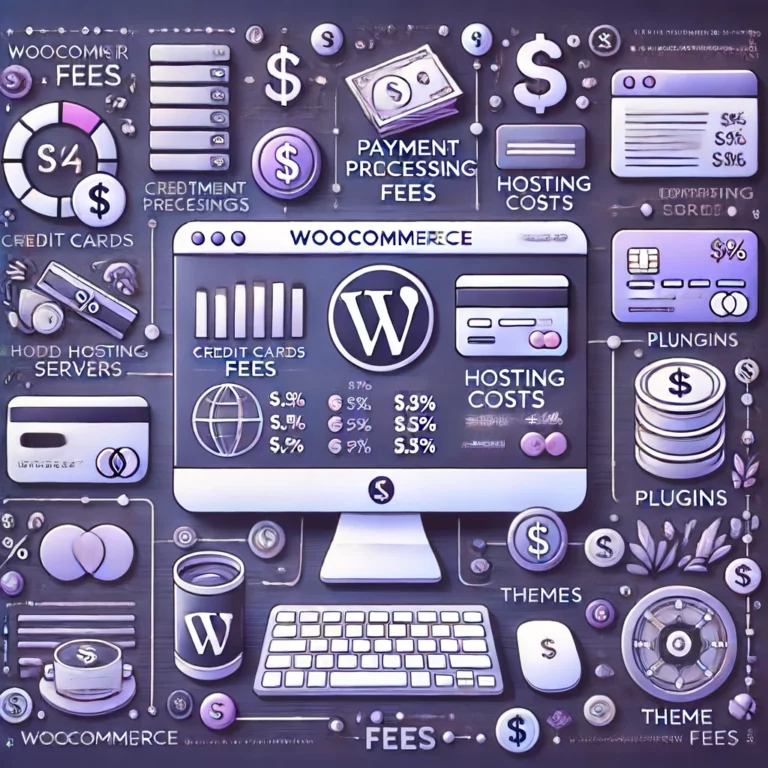Elevate Your Website with Technical SEO and Web Design
Understanding the Synergy
When it comes to building a successful online presence, technical SEO and web design go hand in hand like peanut butter and jelly. You can have the most visually stunning website, but without proper technical SEO, it may struggle to rank well on search engine results pages (SERPs). Conversely, even the most finely tuned SEO strategy will fall short if your website lacks user-friendly design and functionality. Let’s delve into how these two elements complement each other to create a winning formula for online success.
The Backbone of Technical SEO
Technical SEO forms the backbone of your website’s visibility in search engines. It involves optimizing various technical aspects of your site to ensure it can be crawled and indexed efficiently. This includes optimizing website speed, implementing structured data markup, fixing crawl errors, and ensuring mobile-friendliness, among other factors. Without a solid technical foundation, your SEO efforts may be undermined, no matter how compelling your content or backlink profile.
Practical Tips for Technical SEO
- Audit Your Website Regularly: Conduct regular audits to identify and address technical issues that may be hindering your site’s performance. Tools like Google’s Search Console and Screaming Frog can help uncover issues like broken links or crawl errors.
- Optimize Site Speed: Slow-loading websites not only frustrate users but also receive lower rankings from search engines. Use tools like PageSpeed Insights to identify areas for improvement and optimize your site’s loading times.
- Prioritize Mobile Optimization: With mobile searches surpassing desktop, ensuring your site is optimized for mobile devices is crucial. Responsive design, fast load times, and mobile-friendly navigation are key elements to focus on.
Crafting a User-Centric Web Design
Web design isn’t just about making your site look pretty; it’s about creating an intuitive and enjoyable user experience (UX). A well-designed website not only engages visitors but also encourages them to explore further and take desired actions. From clear navigation menus to intuitive layouts and fast-loading pages, every aspect of your site’s design should be geared towards enhancing user satisfaction and driving conversions.
Tips for Effective Web Design
- Simplify Navigation: Make it easy for visitors to find what they’re looking for by organizing your site’s navigation logically. Use clear labels and intuitive menus to guide users to relevant content.
- Optimize for Readability: Choose legible fonts, appropriate font sizes, and sufficient contrast between text and background colors to ensure content is easy to read across all devices.
- Focus on Page Speed: In addition to being an important SEO factor, fast-loading pages are essential for providing a positive user experience. Minimize unnecessary elements, optimize images, and leverage browser caching to speed up your site.
By marrying the principles of technical SEO and web design, you’re not just creating a website; you’re crafting a digital asset that is primed for success. From climbing the ranks in search engine results to delighting visitors with a seamless browsing experience, the synergy of technical SEO and web design sets the stage for a thriving online presence. So, whether you’re embarking on a website redesign or fine-tuning your SEO strategy, remember the importance of striking the right balance between technical optimization and user-centric design.






